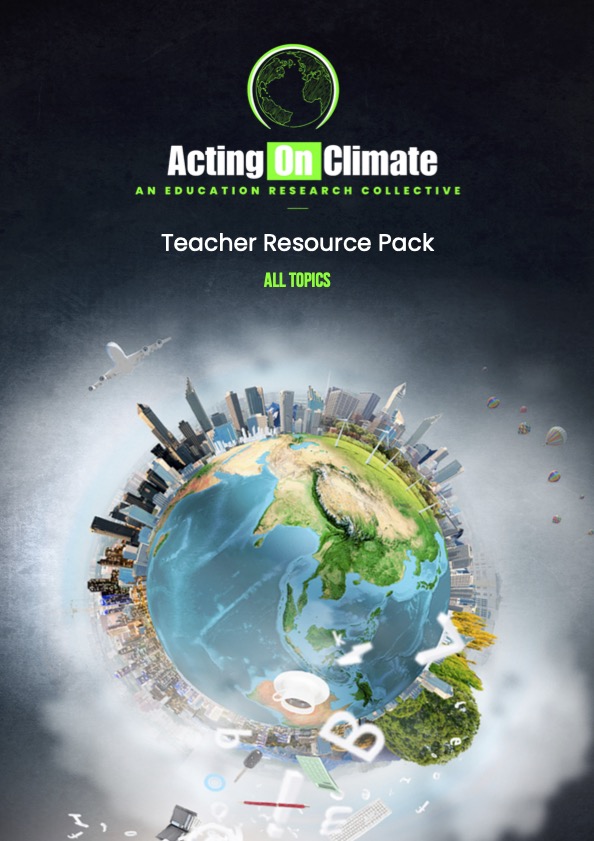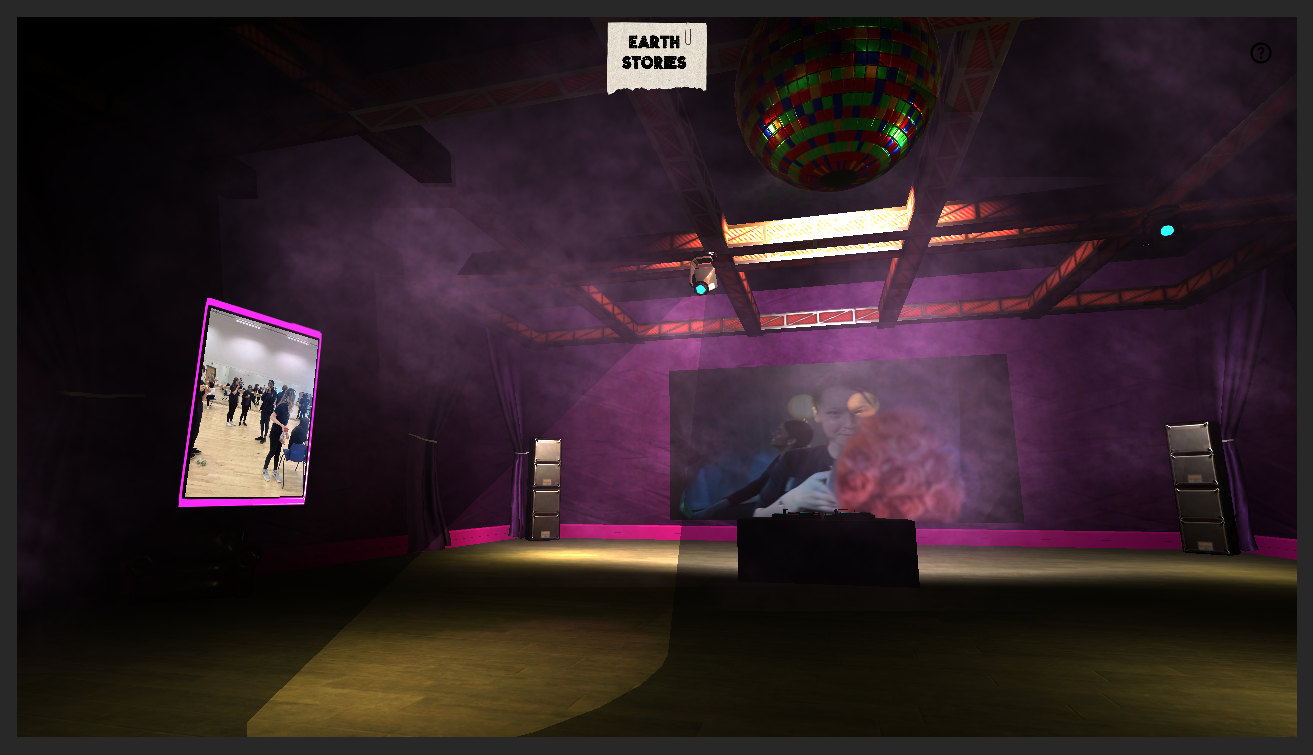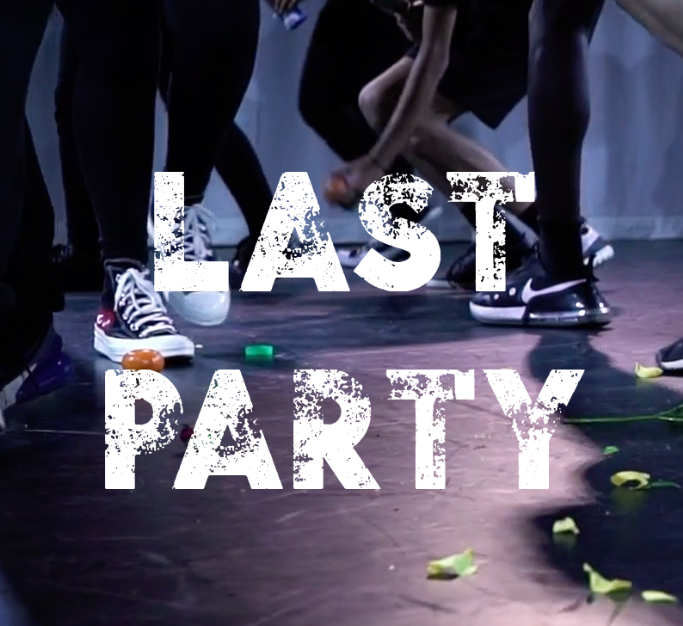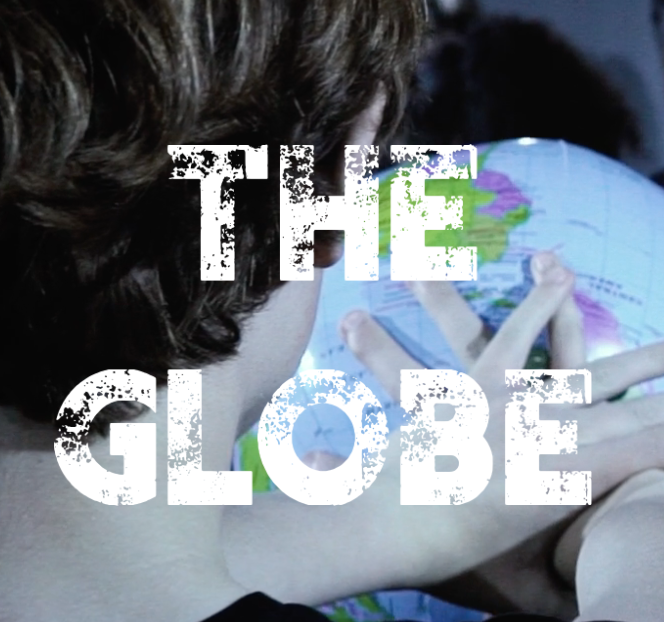Resources

We have created a number of teaching resources for use in your classroom or with your groups to engage young people creatively around the topics of climate change.
We are researchers, and as such we require your email address and other personal information for our research data as outlined in our Privacy Policy. We will not contact you with newsletters or any updates.
If you would like to receive our FREE PDF RESOURCE PACK please signup to our mailing list using the form below. We use MailChimp to process and store your personal data. You can unsubscribe at any time.
Immersive 3D Experience
Designed by our collaborative artist Ashley James Brown, this ‘3D Interactive Explorable World’ enables you to view the video content created for Earth Stories, alongside some of the thoughts and reflections during the process in a new and exciting way.
The landscape is inspired by the participants’ stories and the thoughts that came out during the research process.
This is an artistic response to the creative outputs, the research process and, most importantly, the young people’s voices, presented in a contemporary, explorable and non-linear fashion. We also wanted to give young people a platform they could feel excited by and share with others. We have created a playful experience that encourages exploration of the material and asks questions along the way, prompting your own thoughts on the climate emergency.


VIDEO RESOURCES
A number of our co-created student outputs are shared below for use in your classrooms and workshop spaces.
Using them with the PDF RESOURCE PACK provides extra content and ideas for your workshops.
Register to get your free PDF download using the form above.
Connecting With Land
Inspired by Canadian-Ukrainian playwright and activist, Andrew Kushnir, we told stories about landscapes or places that we felt a deep personal connection to.
Here are eight digital performances made by our participants, devised over several sessions using aspects of verbatim theatre-making.
Within our Earth Stories project we worked with a film maker and a digital artist to stage these performances with the use of green screen technology. We understand these technologies may not be available to everyone, however, the devised scenes could be shared as part of a live or filmed performance, classroom outcome or site-specific work or sharing.

Navigating Globalisation
As with any devising project, it is difficult to completely unravel all the threads that have been woven together to create the final piece. Within our Earth Stories project, these young people created this dystopian music video out of several different activities and student-led research.
We explored some big, tricky concepts relevant to the climate emergency and environmental issues by questioning:
• How are we all interconnected both locally and globally?
• How can we ‘map’ ourselves and show our connections to each other and places around the world?
• In what ways has the pandemic made us feel differently about travelling?

Later in our rehearsal process, we began to question how places and everyday objects interconnect locally and globally. We asked:
• How do everyday items such clothes, fruit, chocolate, and flowers travel around the world?
• Have we ever considered the different journeys they take to arrive in our supermarkets and shops?
• What impact does what we consume have on the environment?
• How have some of these industries tried to adapt and become more sustainable/environmentally friendly?
During our rehearsals, we explored how messy and complex all of this is – none of us have the ‘answers’. In our dystopian music video below, the choreography used both rule-bound movement and chance encounters, creating a chaotic scene of global flows and exchanges. We played with creating a ‘party/dance-like’ atmosphere to provoke questions about the dark, hedonistic pleasure of consumerism and question the problematics of positioning youth as ‘the answer’ to the climate emergency.
Questioning Power and Agency
During the devising process, we explored both our individual and collective responsibility when it comes to environmental impact.
Young people are inheriting a crisis that they have very little responsibility for creating. Individuals in countries in the Global North, such as the United Kingdom, Canada and the United States, consume and pollute far more than people in the Global South – countries such as Uganda, Bangladesh or Nigeria. Our individual impacts pale in comparison to the pollution and ecological degradation of multinational corporations.
Who bears responsibility? Who is benefitting from continued pollution? Who has the power and agency to enact change?
The use of games helped us to unpick and reflect on these questions in greater depth and helped us to create a piece of movement expressing the views of the young people (see our RESOURCE pack for more details of our creative process).
As you will see from the video below, the young people wanted to show that it is those with the greatest wealth and power who most need to listen and respond to those experiencing the most severe consequences of the crisis.

